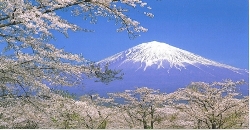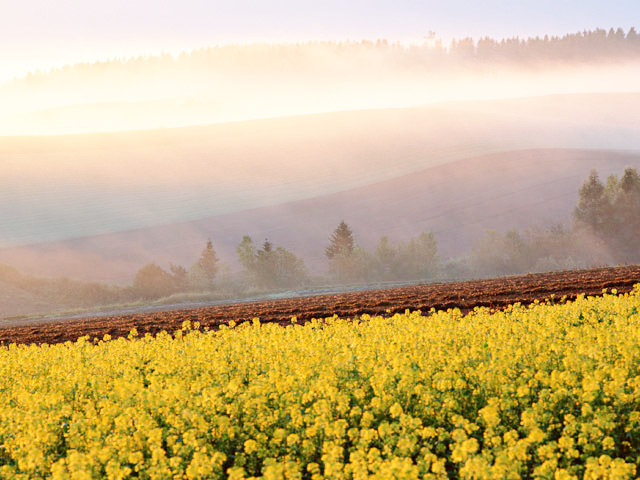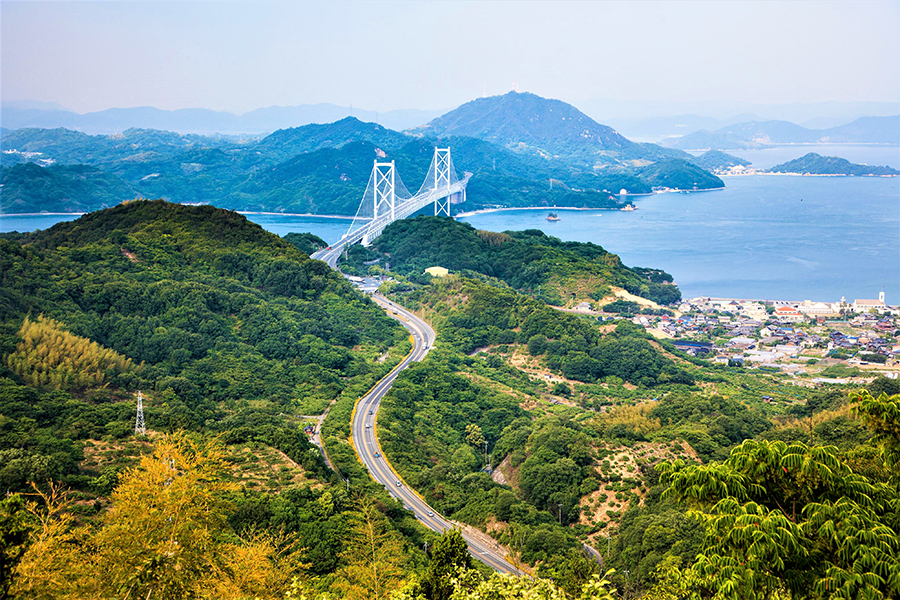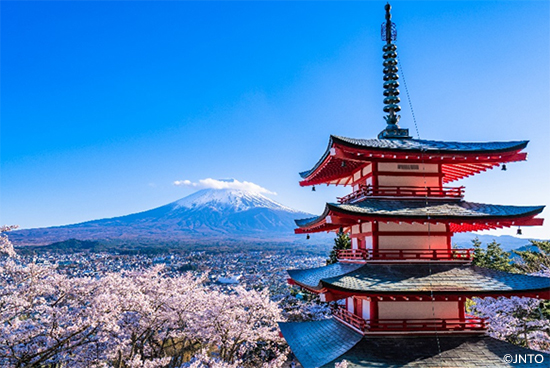<style type="text/css"> h7 { margin: 0; padding: 0 0 3px 5px; clear: both; width: 863px; font-size: 138.5%; display: block; position: relative; border-bottom: 1px solid #666666; background: #ffffff; color: #333333; } </style>

One of the Japanese customs designed to celebrate the passing seasons, Tsukimi commemorates the custom of moon viewing and is held in the middle of the fall season. It is said that Tsukimi was firstly introduced from China more than 1,000 years ago. It is celebrated on Jyu-goya, which means 15th referring to August 15th of the lunar calendar. Jyu-goya on the solar calendar changes every year but is usually around September or October. It is said that the moon on Jyu-goya magnifies the beauty of the moon although it is not necessarily always a full moon.
There are a few items typically put forth as offerings to the moon at Tsukimi. Susuki, a bunch of pampas grass is displayed as a symbol of a bountiful harvest. Tsukimi dango is a round rice dumpling representing a full moon. Typically, 15 pieces of the dumplings are offered on Jyu-goya as a symbol of the 15th night. Seasonal vegetables like pumpkin, edamame and chestnuts are also offered together.
To marvel at the beautiful moon and enjoy a level of romantic scenery, we recommend the below.
<h7>Matsushima (Miyagi prefecture)</h7>
The picturesque Moon in Matsushima, locating about 30 minutes by a car from Sendai city in Tohoku region has been attracting many people over the years. Albert Einstein is among the most notable who have visited here and left impressed with the beauty of the moonlight. Matsushima has been known globally as a scenic site adorned with a group of nearby small islands. The full moon's light reflection on the ocean creates a golden passage well known as the "gold wave." When the moon rises to the top, the reflection changes to a "silver wave." The best viewing spot is around Namiuchihama Koen Park and Mt. Sonkanzan. During the fall season, there is a night cruising boat available.
For more information about Matsushima, please visit here.
<h7>Himeji-jo Castle (Hyogo prefecture)</h7>
About 38 miles west of central Kobe city you will find Himeji-jo castle. Also known as the "white heron castle," its pure white plaster covered walls stunningly stand out among the towns' other buildings. The majestic white castle is registered as a UNESCO World Heritage Site. The castle was originally established in the 14th century but in its present form was defined during the 17th century and it has retained its structure and beauty since then. The castle is lit up from dusk to midnight and is a perfect spot to admire the beautiful moon together with the elegant castle.
For more information about Himeji-jo castle, please visit here.





















































